Training for a triathlon is no joke. These brutal races require athletes to master three separate disciplines, bringing them together in one beautiful yet challenging masterpiece. It's a good thing that we've got the best person to guide you through these multisport endurance races. Laurin Thorne is the Queen of her domain, an elite competitive triathlon athlete, and your expert on training for the next race. We discussed the best way to train during Spring, and she delivered the goods.

1. Set Out a Training Plan and Follow It
As an athlete, having a set training plan allows you to stay focused on your goals and accurately measure your progress. These plans also prevent you from going too hard or too weak in the training sessions.
For elite athletes such as Laurin, the hours put into training come Spring is roughly the equivalent of a part-time job!
Clocking in a total of 25 hours a week training, she performs an even mix of 5 swims, 4-5 bike rides, and 4-5 runs. Adding to this, she throws in a few gym sessions and regular routines pre-swim because why not, right?
When it comes to intensity, Laurin has a strict plan she follows to make sure she's not burned out by the time race season comes around,
"My intensity in the sessions will build up to hit the lactate and threshold sessions. With my schedule, it's a mix between intensity and base miles. Hitting sessions hard every day is not sustainable and can lead to overuse injuries."
2. Know Your Skill Level and Goals
If you are starting out, or testing the waters with triathlons, training 25+ hours a week can leave your body fatigued and worn out in weeks.
By knowing your skill level and setting accurate goals, you can get the most out of your triathlon experience.
This means crossing that finish line with a smile on your face.
For more novice athletes, try to focus instead on a simple 3-step training regime.
The first few weeks of your program, put your intentions into finding a training level that prepares your muscles for growth. Spend time mastering all your movements.
For the majority of your training weeks, emphasize muscle movement and growth. For this part of your training, your goal is to achieve weekly increases in power, endurance and volume.
Remember, time to recover is just as important as training hours. Taking recovery weeks can allow the body to repair any fatigued muscles, allowing you to come back stronger than ever.
As the weeks to your big race get closer, allow yourself to decrease your training volume. This gives your body ample time to recover and reach its top performance for race day.
3. Listen To Your Body
Committed training can take a toll on your body. If you're not listening to what it needs, you could fatigue your muscles to the point where a race is no longer possible. Or worse, injure yourself.
For Laurin, her focus on recovery during Spring training is something that can be mimicked by all of us,
"The Spring is where I begin to hit higher intensity training. And with this comes a bigger emphasis on recovery. This includes eating 20min after sessions, active recovery like rolling and stretching, booking into treatment (massage/chiro/physio), and getting proper sleep hours (I like to aim for 8)."
Hint:Näak Ultra Recovery protein powders are designed to aid athletes in the recovery process by giving them the best nutrition for muscle repair and growth.
4. Focus On What Makes You Happy
"A Happy Athlete Is A Fast Athlete."
Having fun with your exercises allows you to stick to your goals and your training. Bringing a smile to your face when times get tough.
By placing importance on the lighter side of training, you will create a sustainable practice.
For Laurin, things like stopping at coffee shops during rides, training with new people, and listening to podcasts can create a fun atmosphere while still optimizing performance.
"To keep things interesting, I always interpret my session into 'race scenarios.' This keeps me more engaged and lets me practice changing my mentality from training to racing, so I feel calmer."

5. Maintain Your Weight Through Training
All this work you are about to do requires tremendous amounts of energy. Focus on a diet that keeps your body fueled with enough nutrients to keep pushing through the weeks.
"One of the things I have to keep an eye on is my weight. I have a tendency to drop weight too much and too quickly. The Spring faces long and hard days where it can be easy to not get enough calories in during the day."
For someone training for a triathlon, your protein intake should be a range of 1.2-1.7 grams of protein per kilogram of body weight per day.
This protein intake helps repair and build muscles, preventing any long-lasting muscle breakdown which will impact performance.
For information about getting the right calories while training, look at our articleHow Many Calories Should I Eat During An Ultra.
Weekly weigh-ins will help you in preventing a sudden decrease in weight.

Training for triathlons is tough, and Spring is crunch time! By following these steps, and the advice of our elite athlete Laurin Thorne, you are well on your way to crossing that finish line with confidence.
To learn more about Laurin, check out her Instagram page @laurinthorne.
For more performance tips, have a look at the rest of thePerformance Articles that the Näak team has put together!


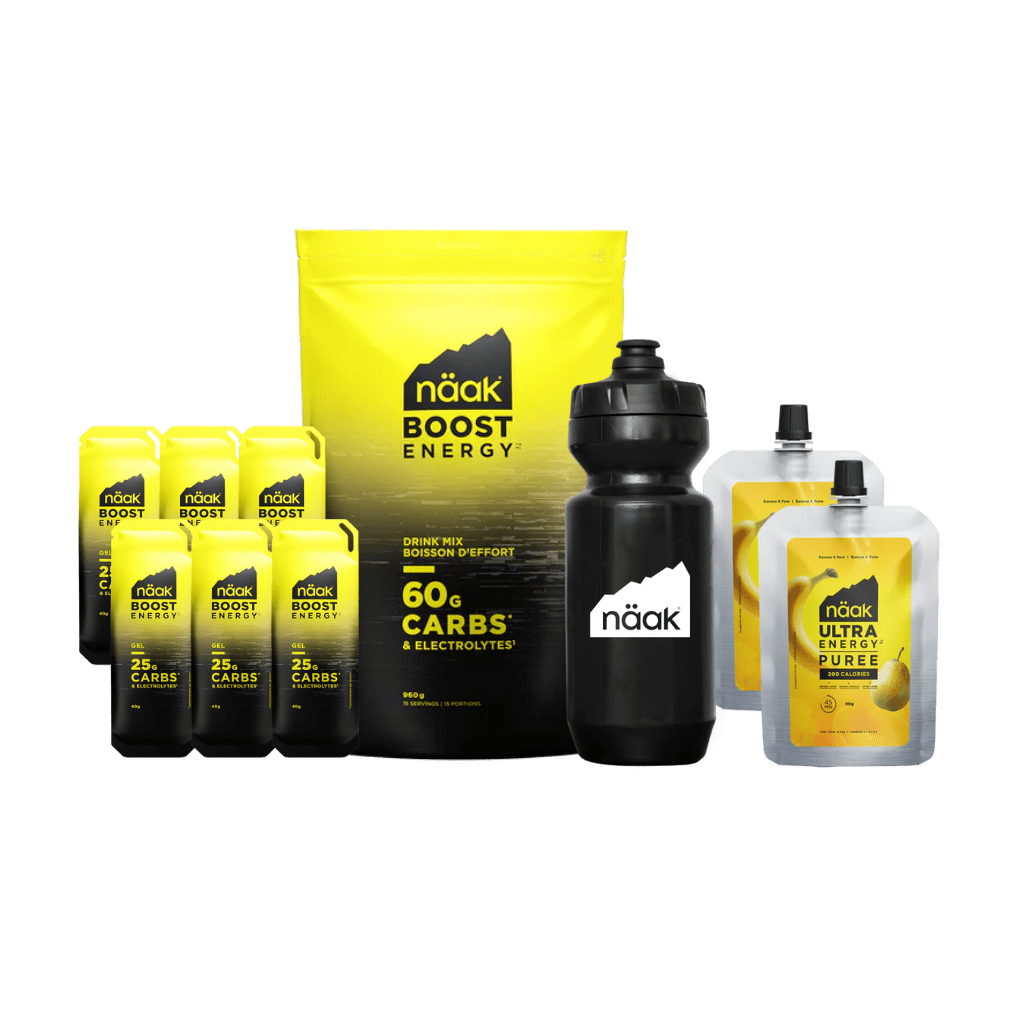
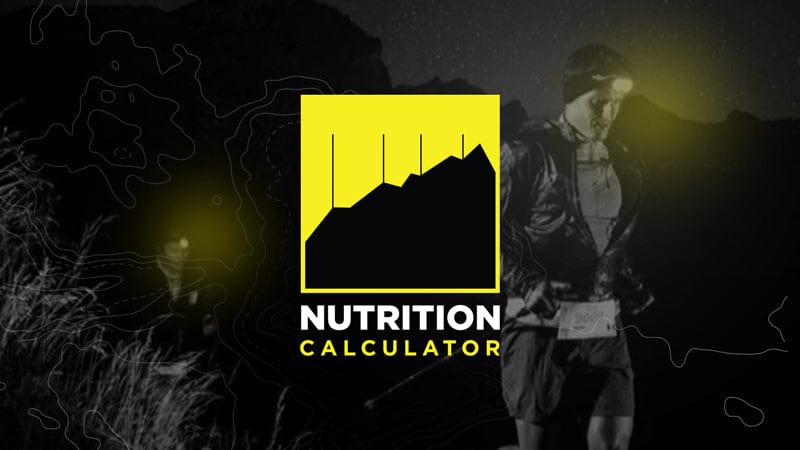
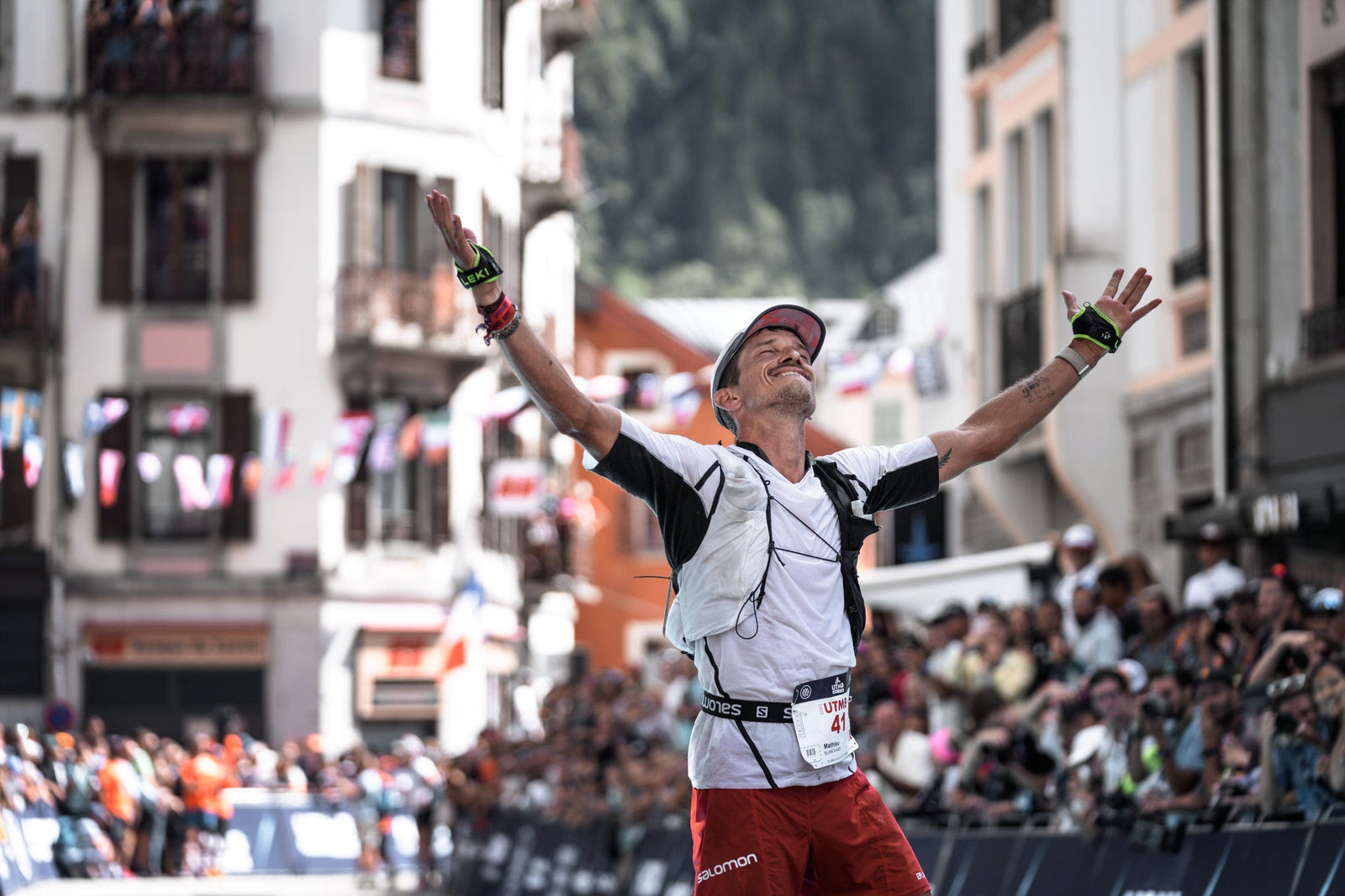




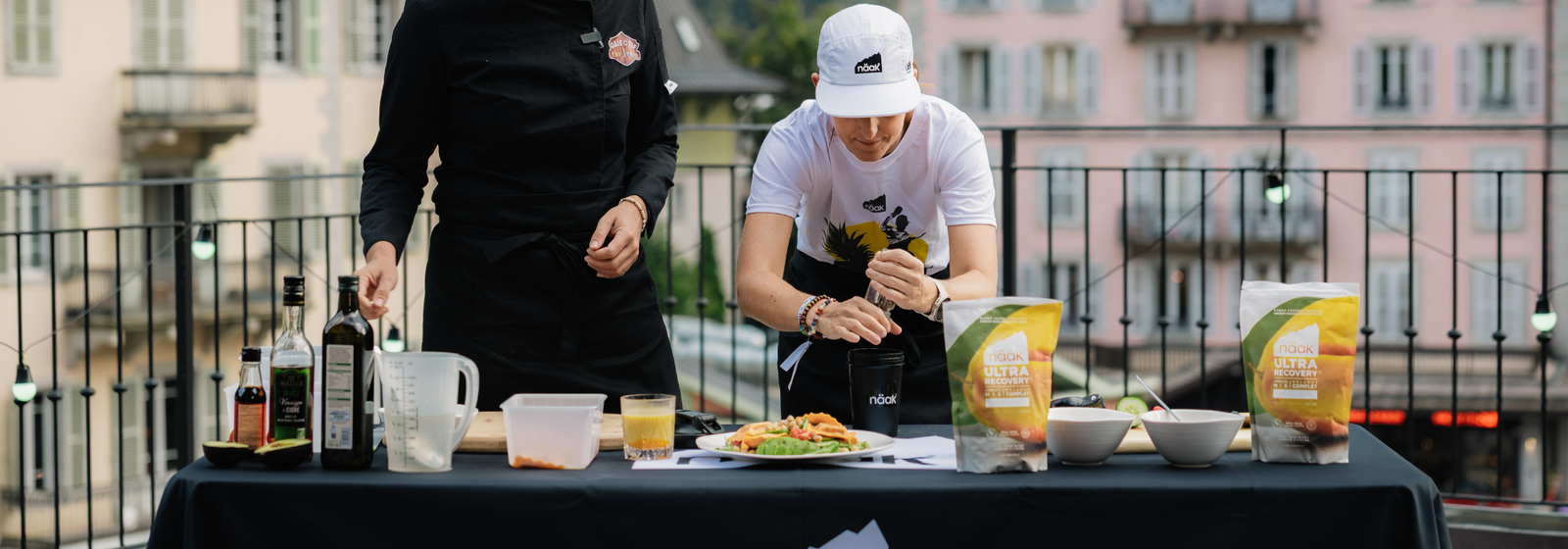
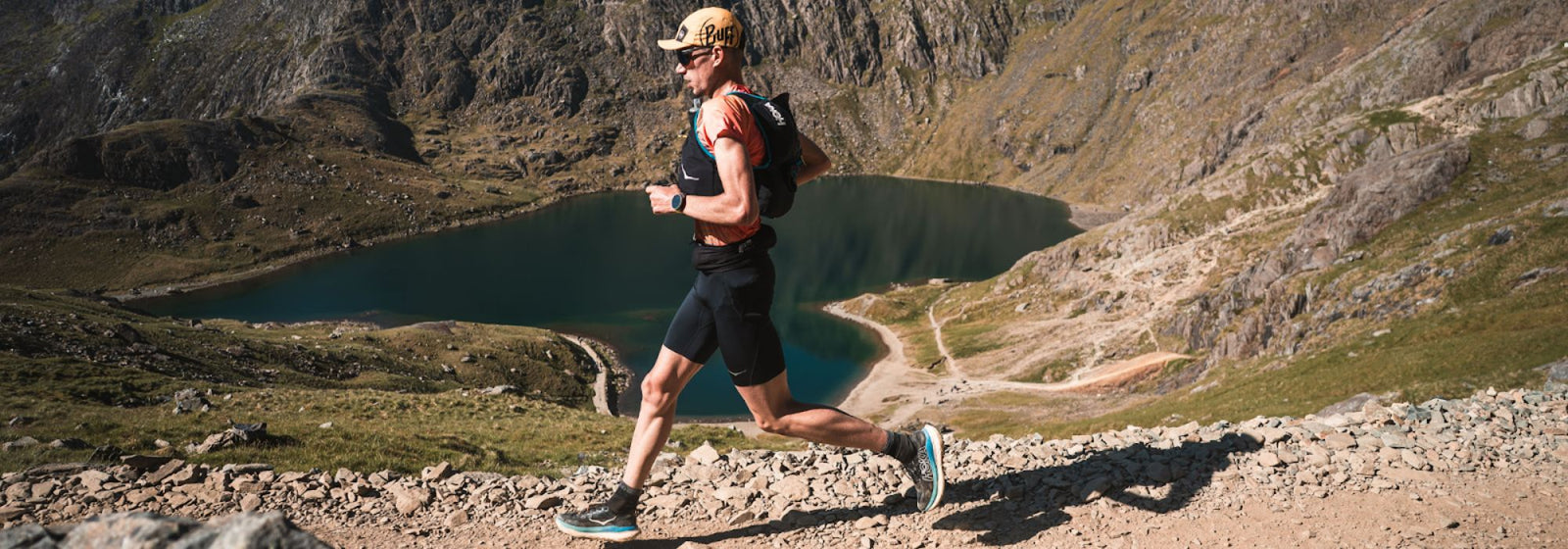

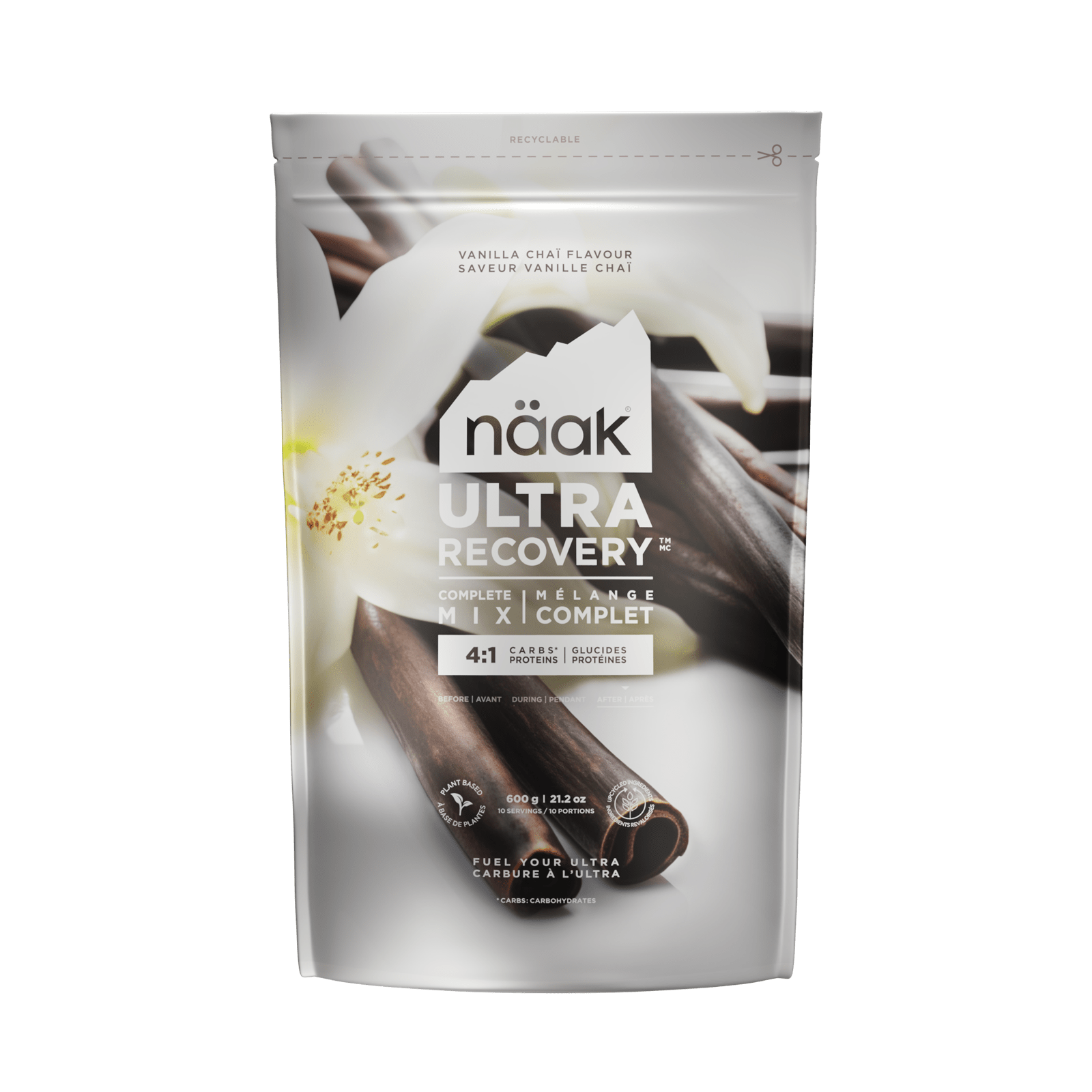
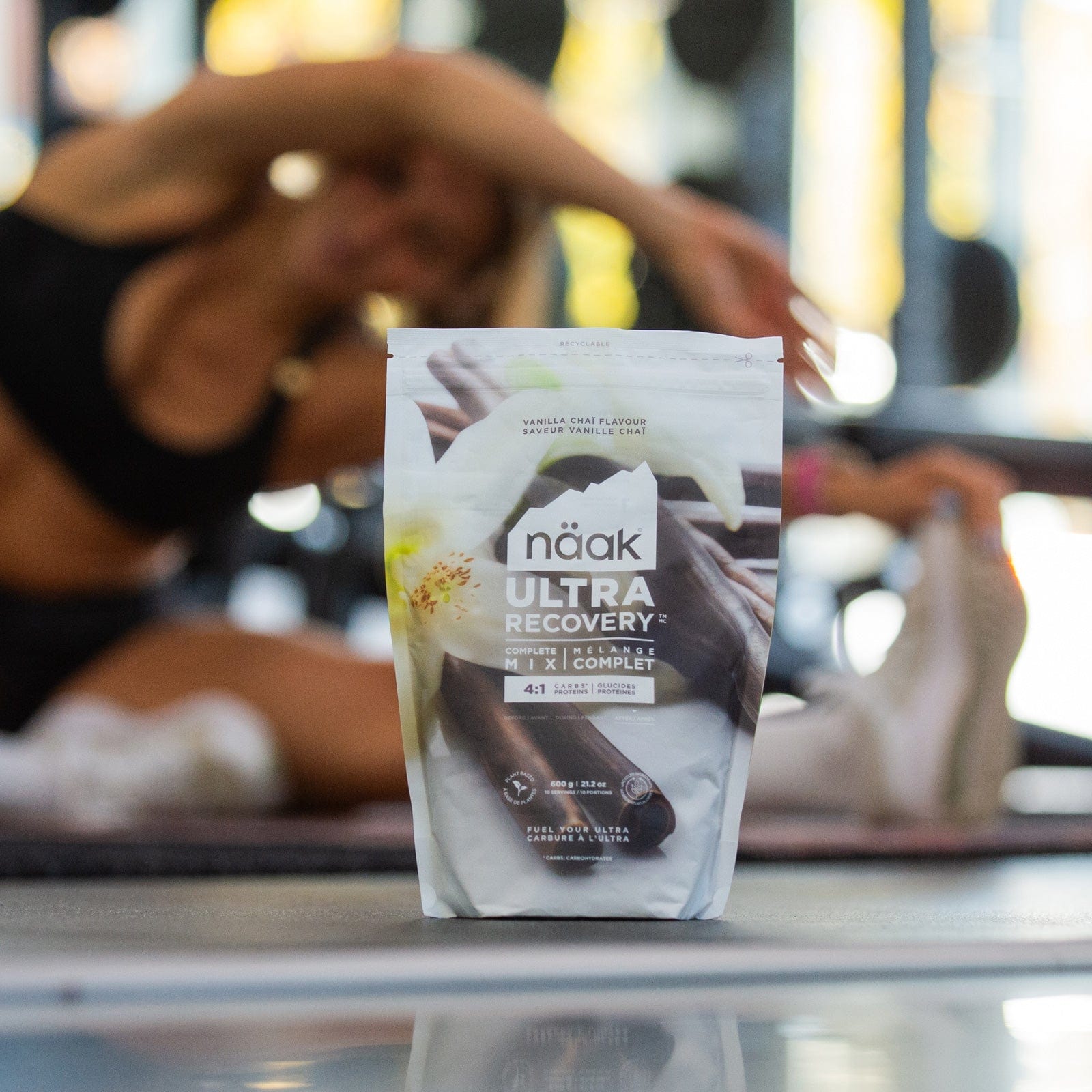
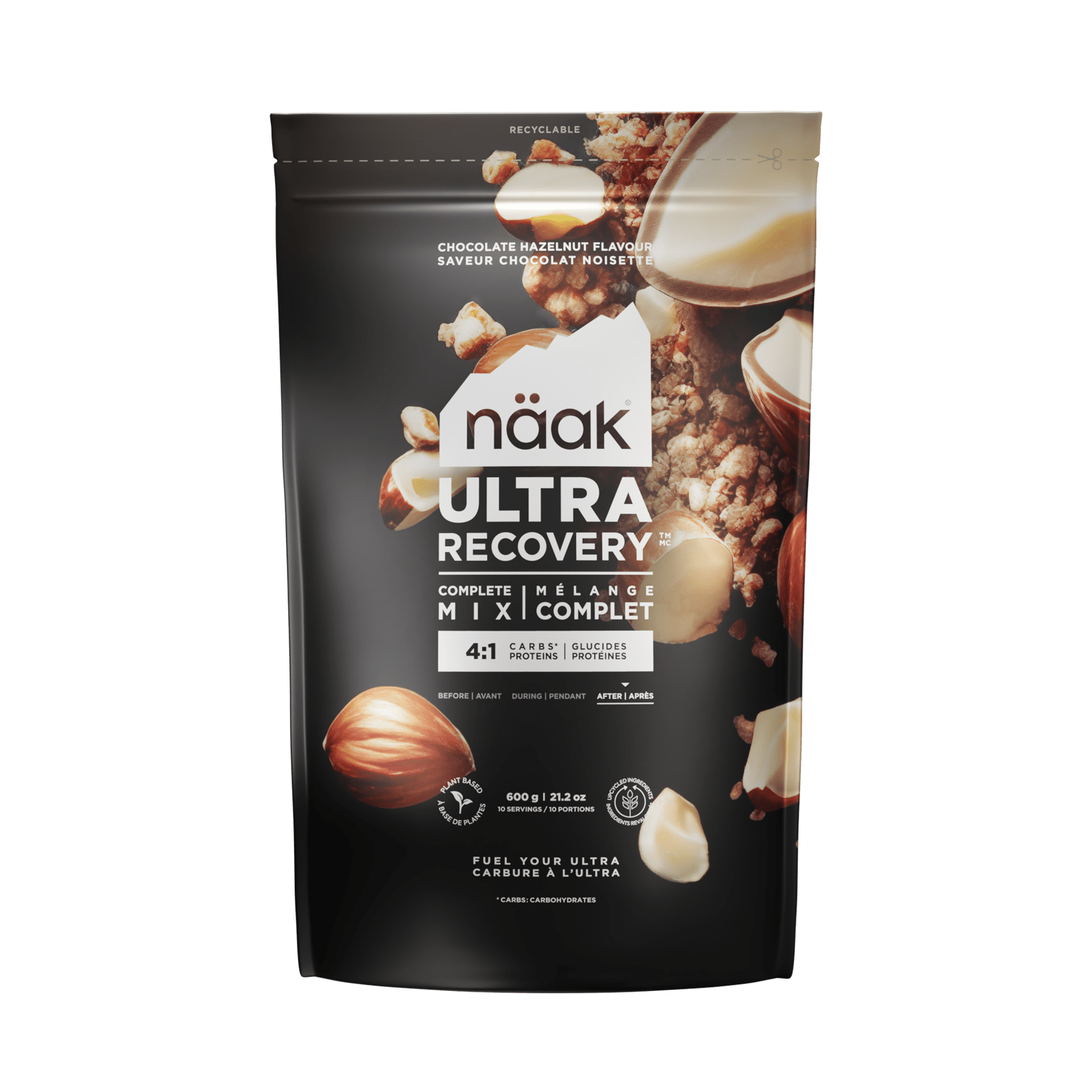
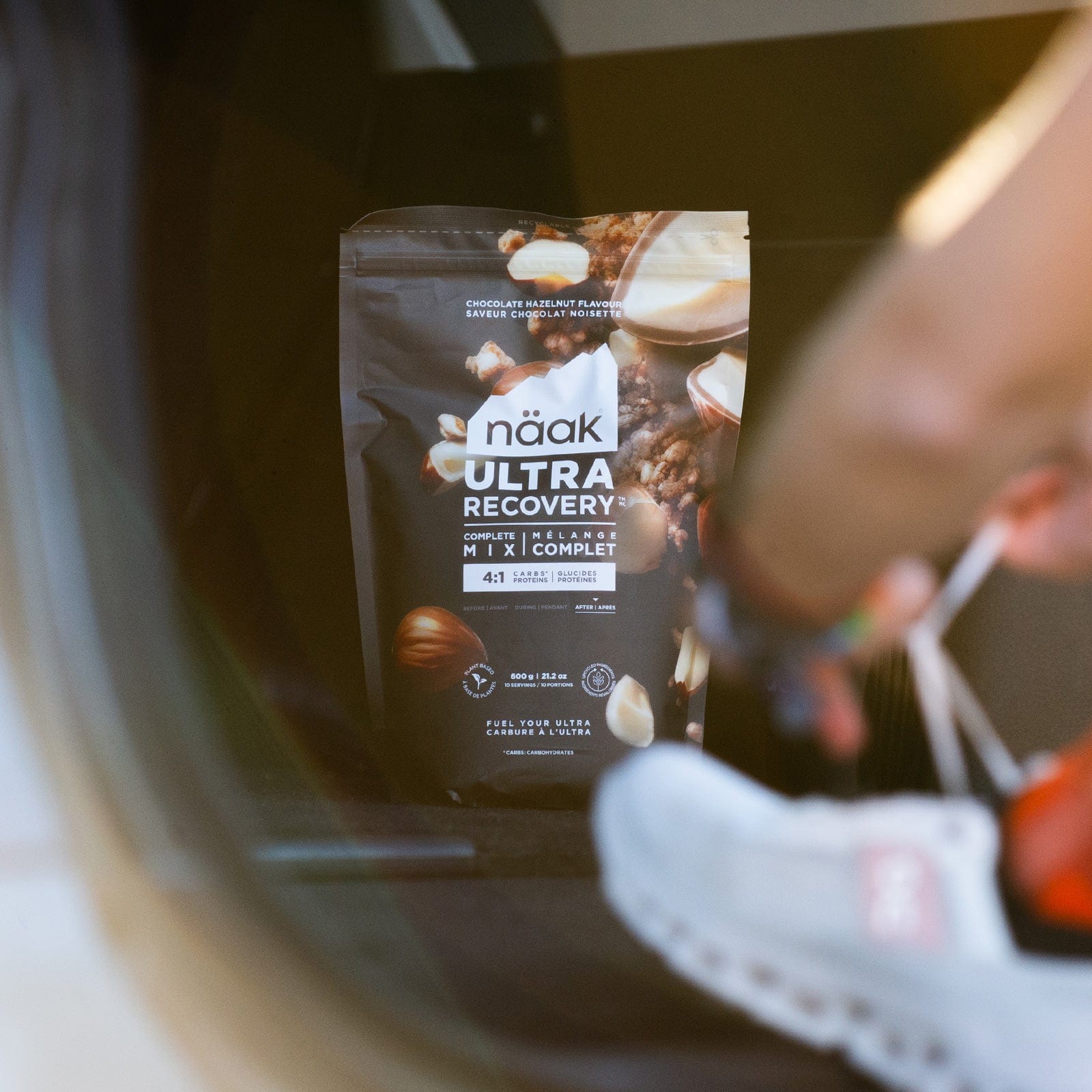
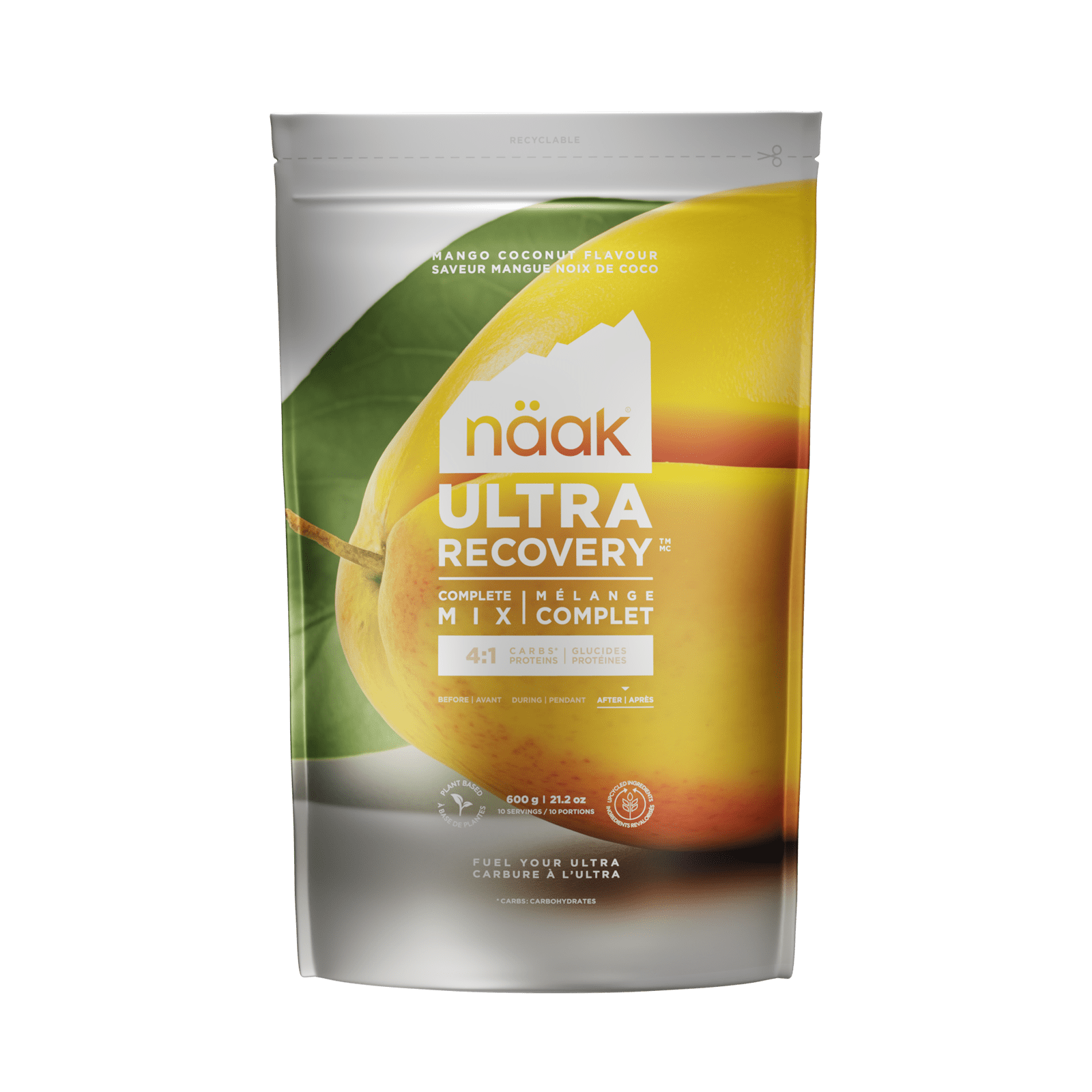
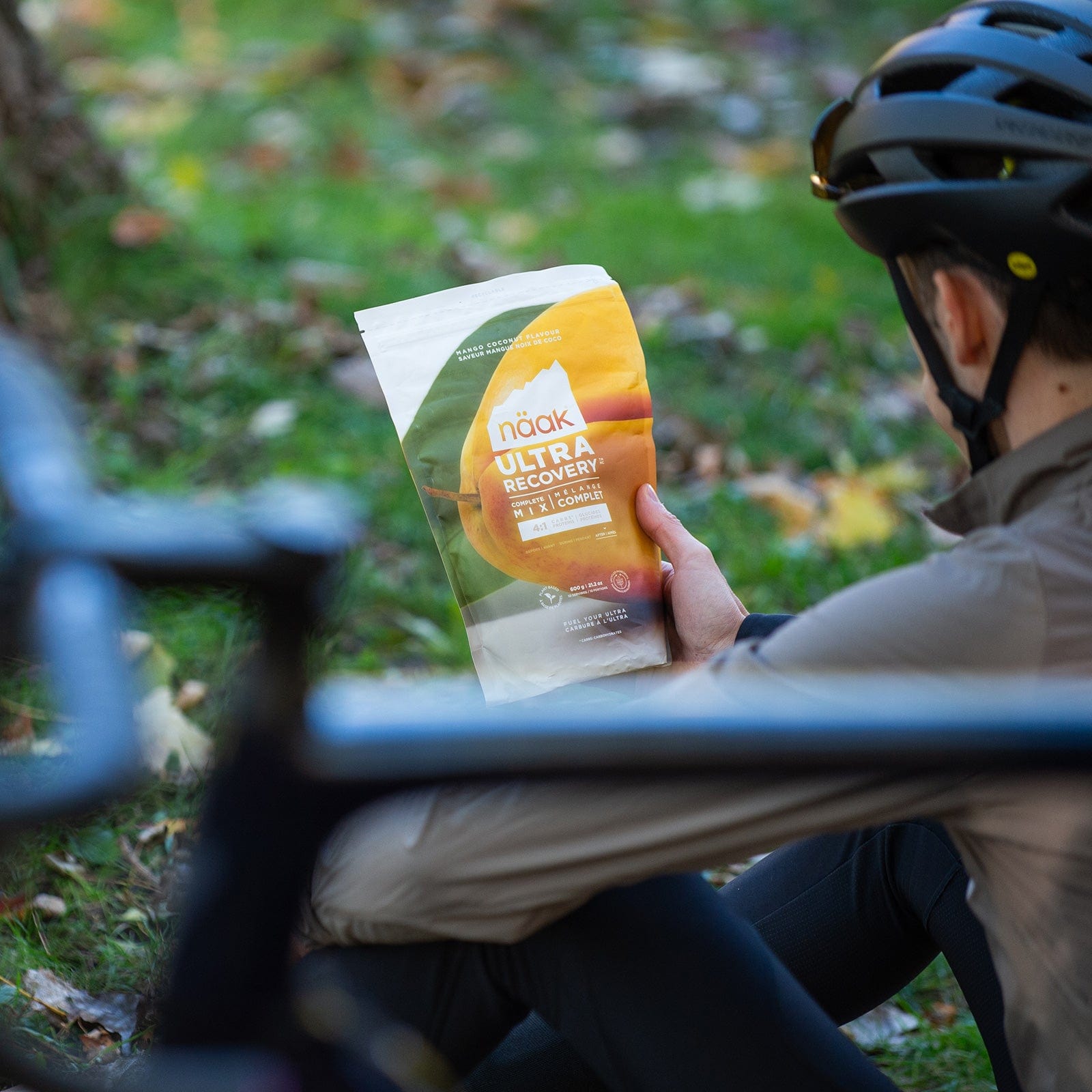

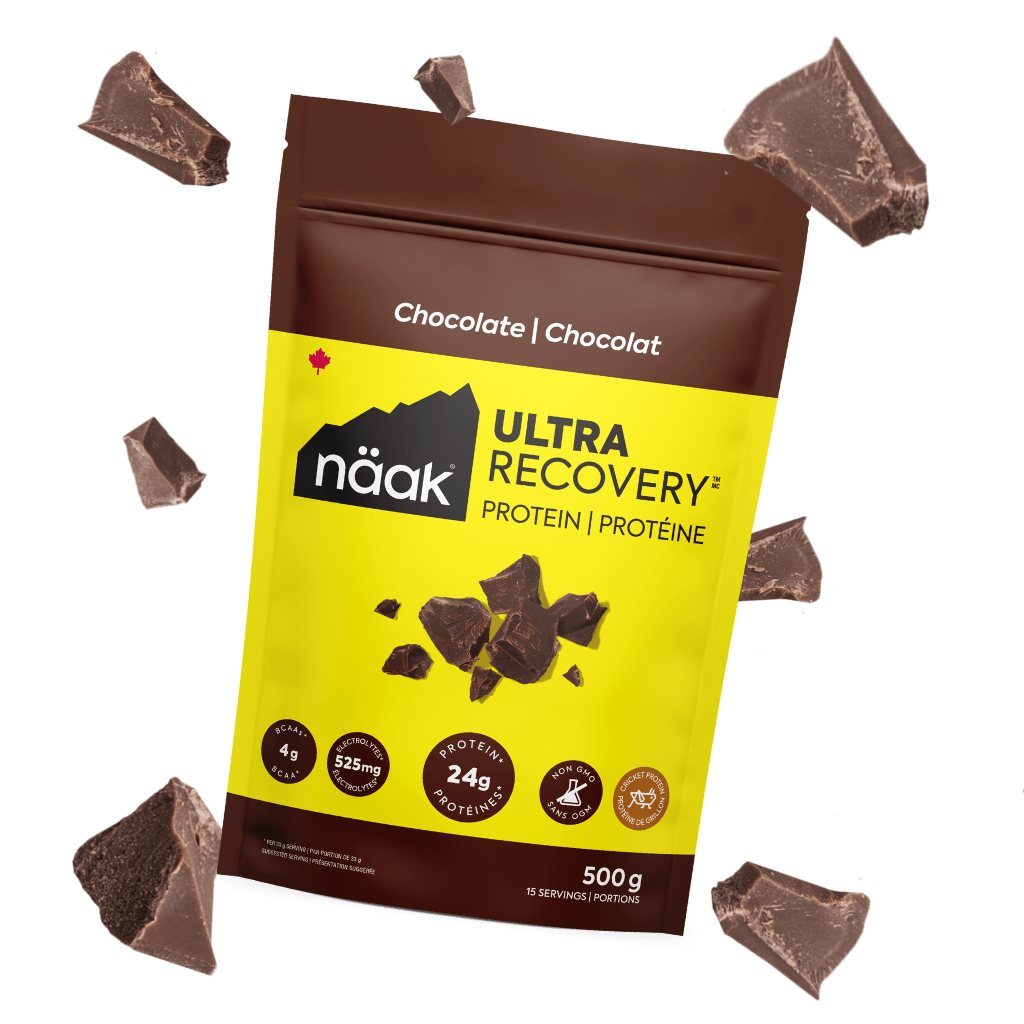
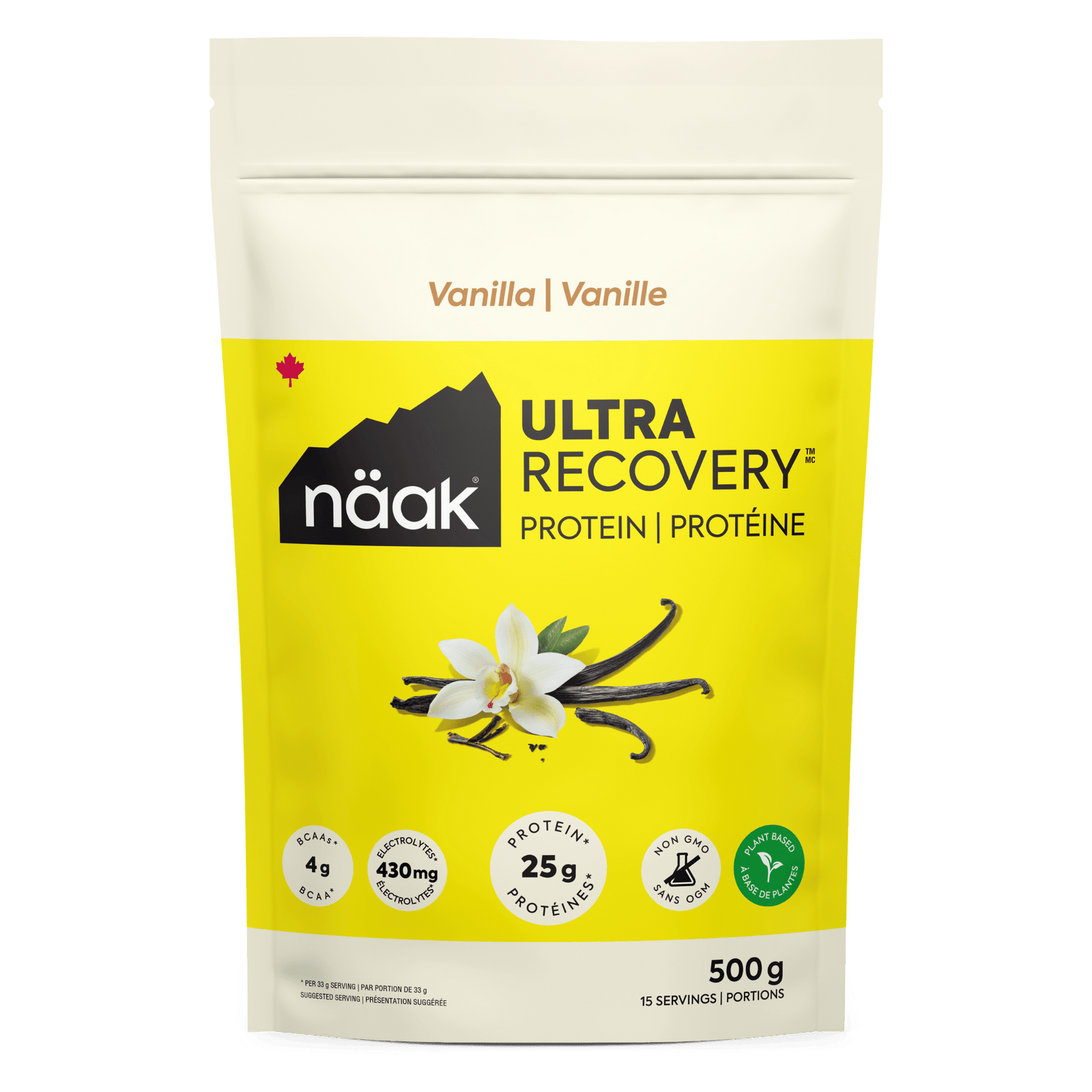
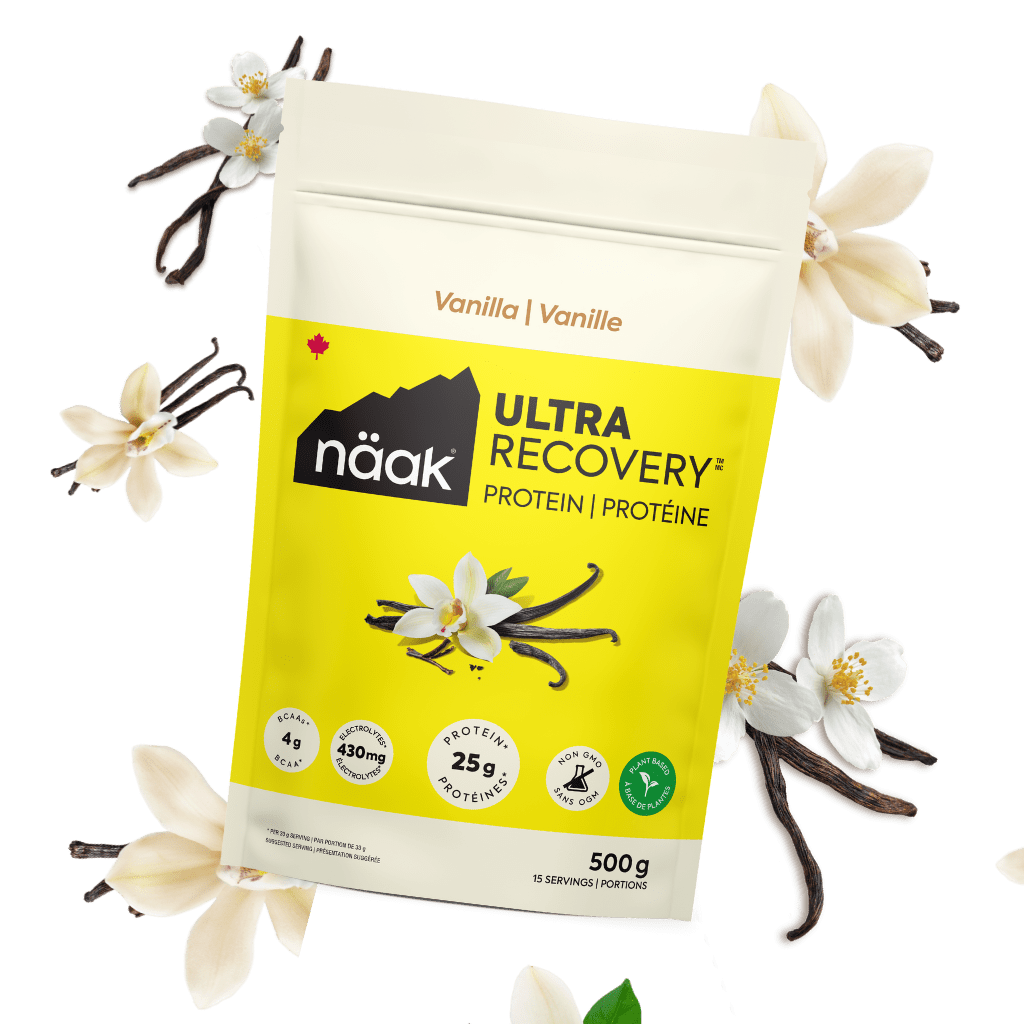
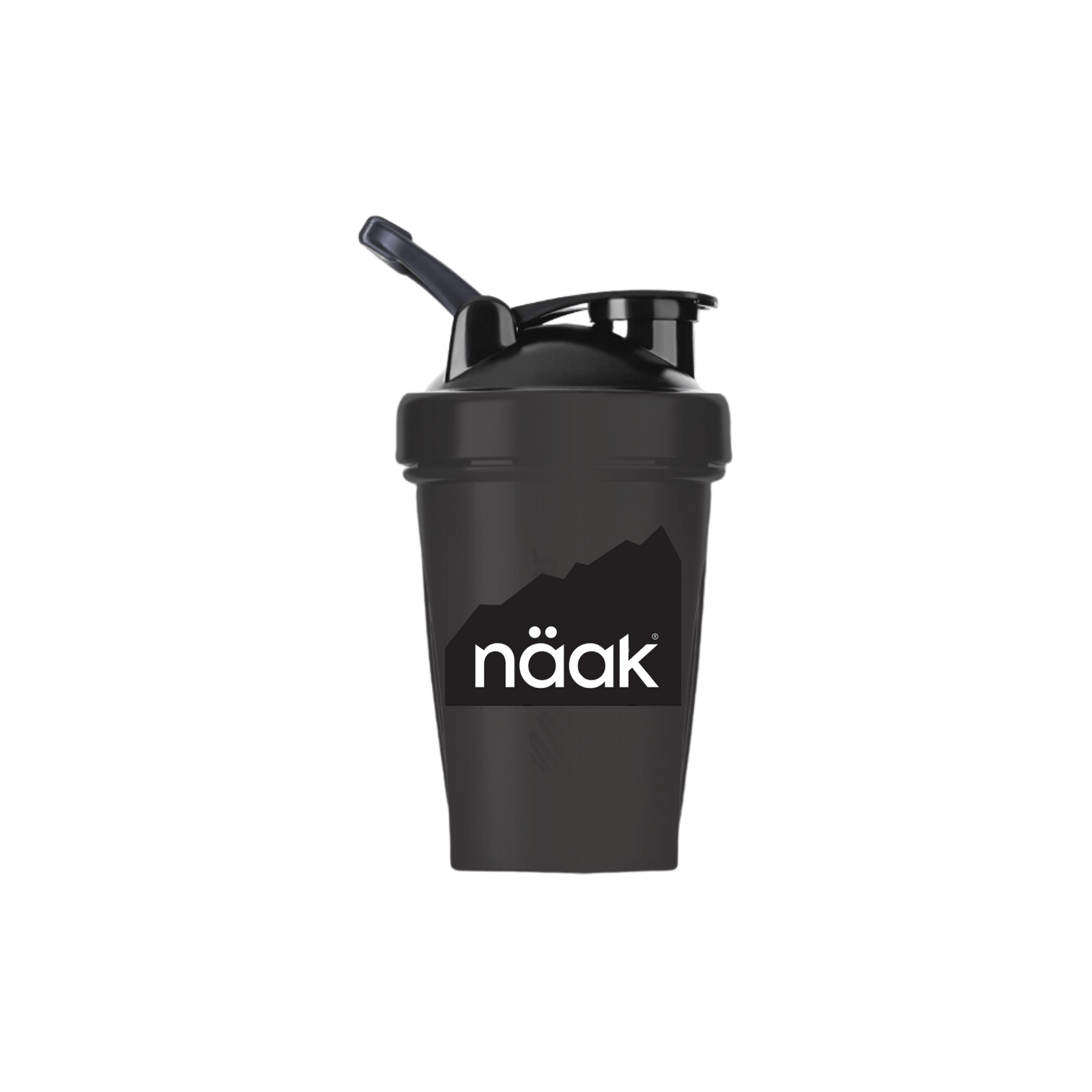
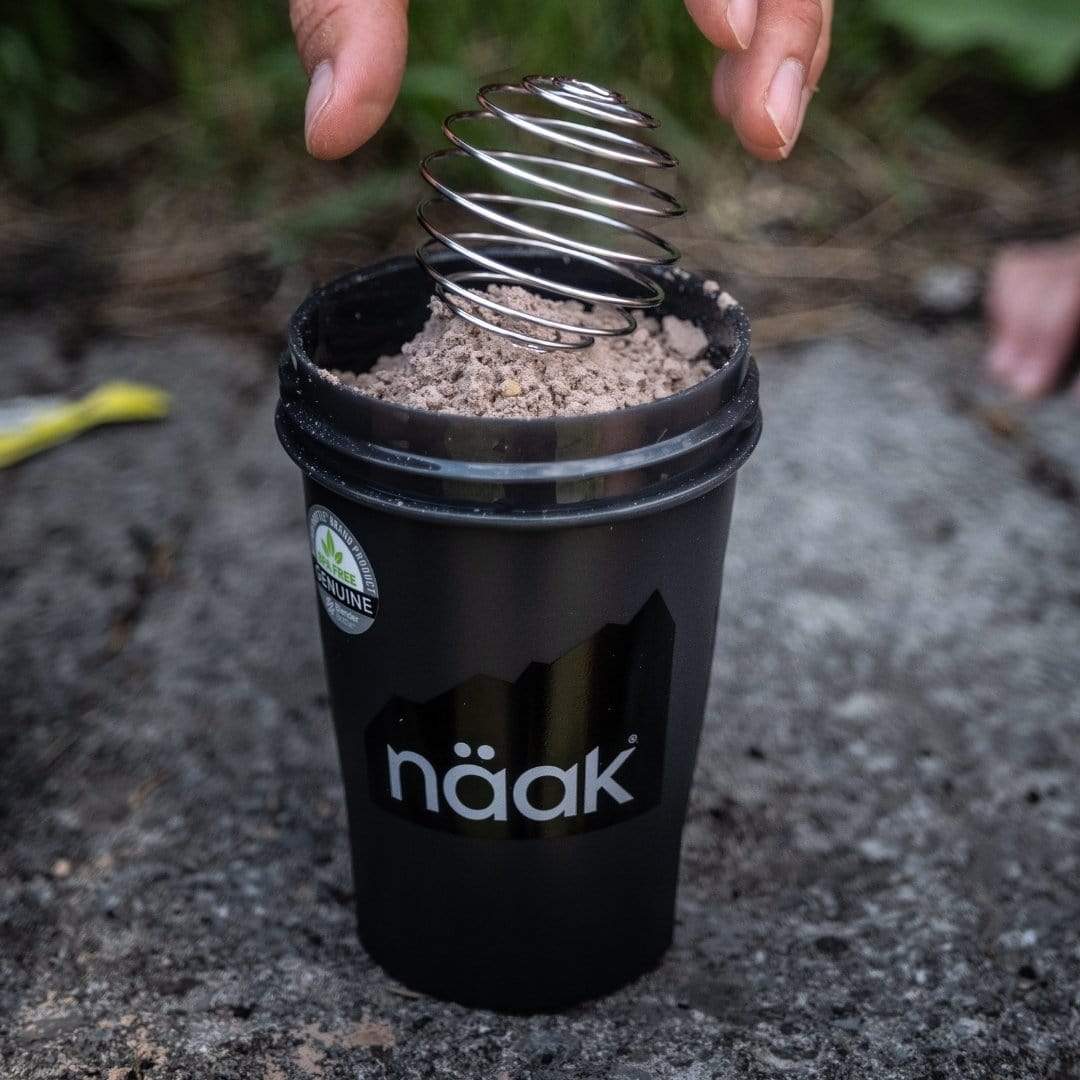
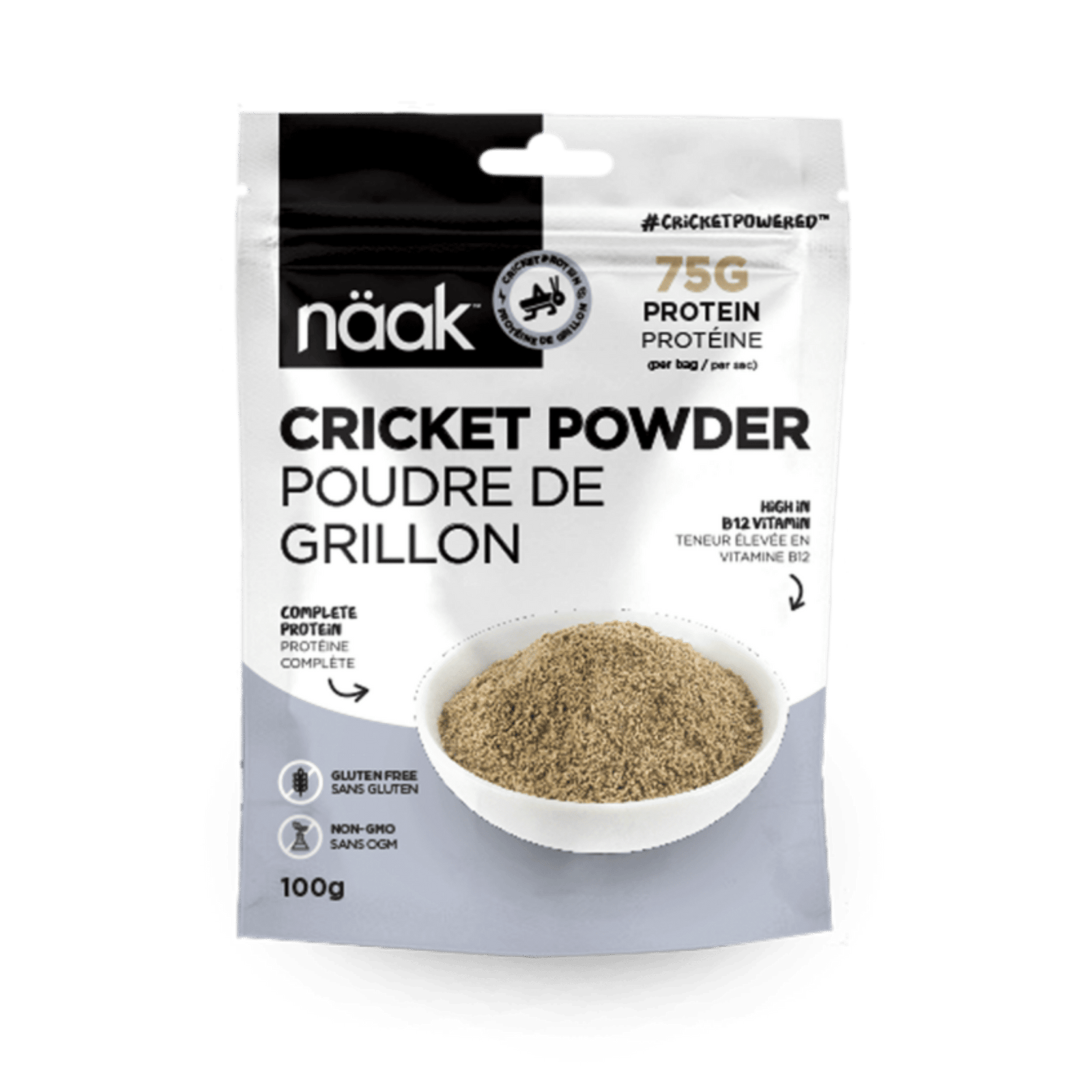
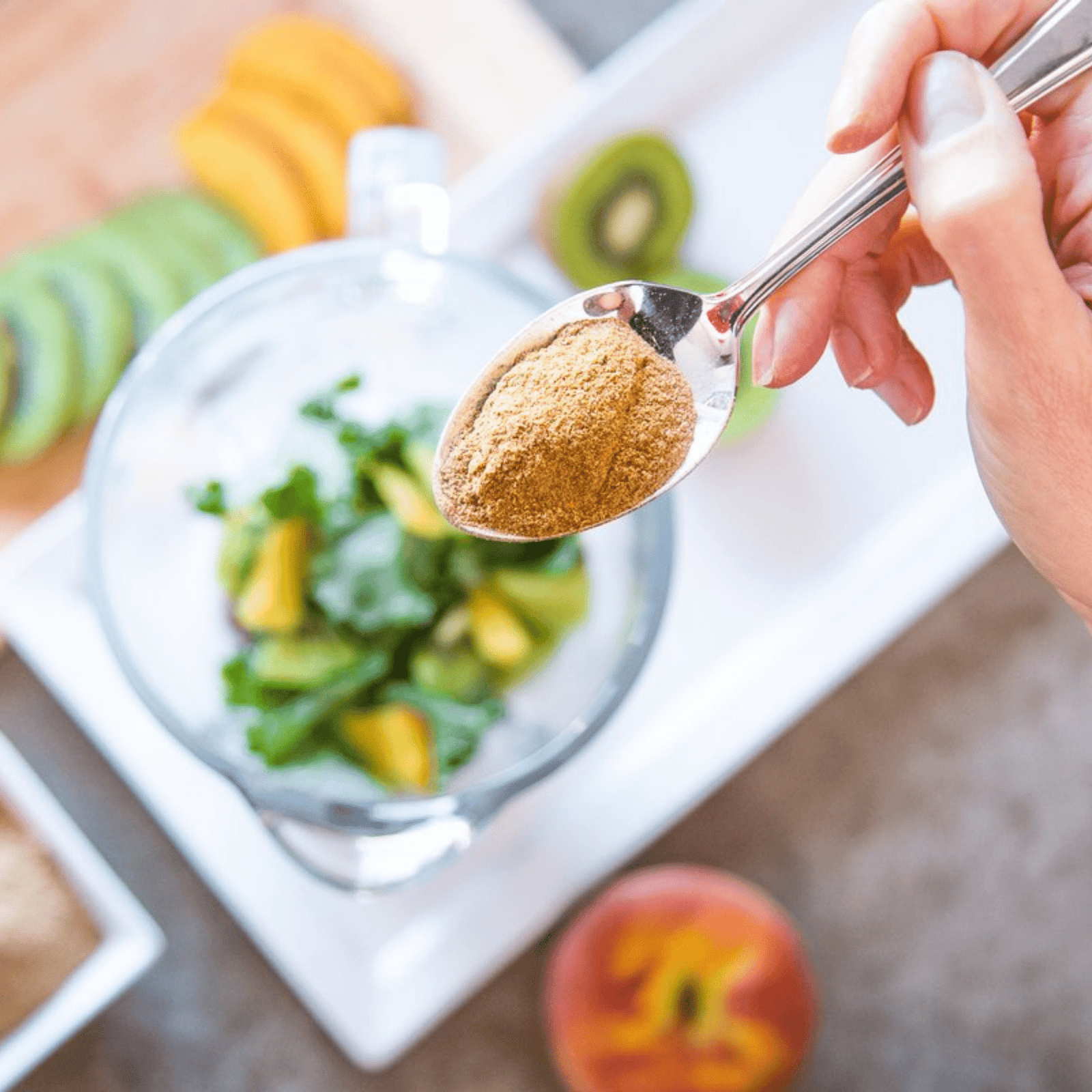
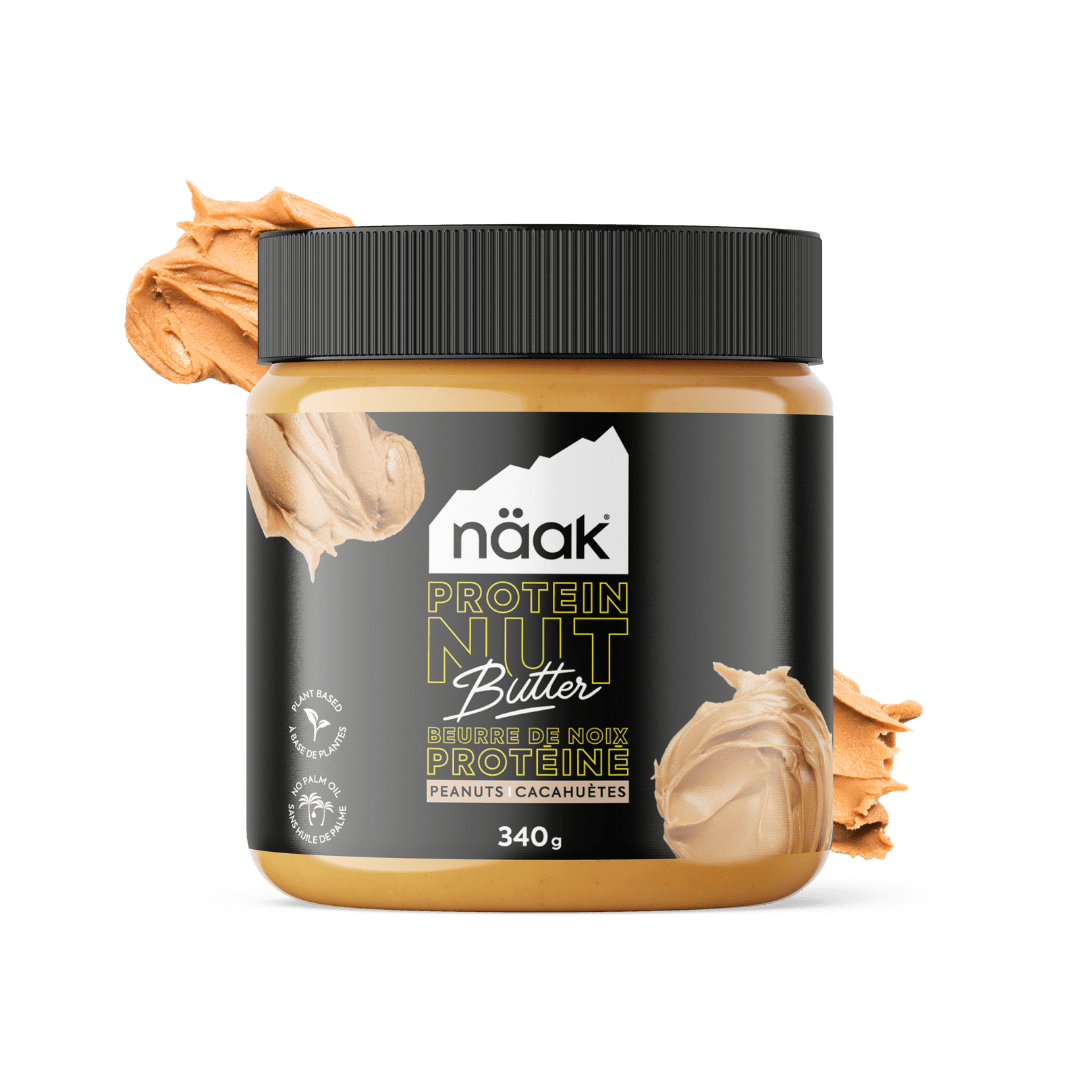
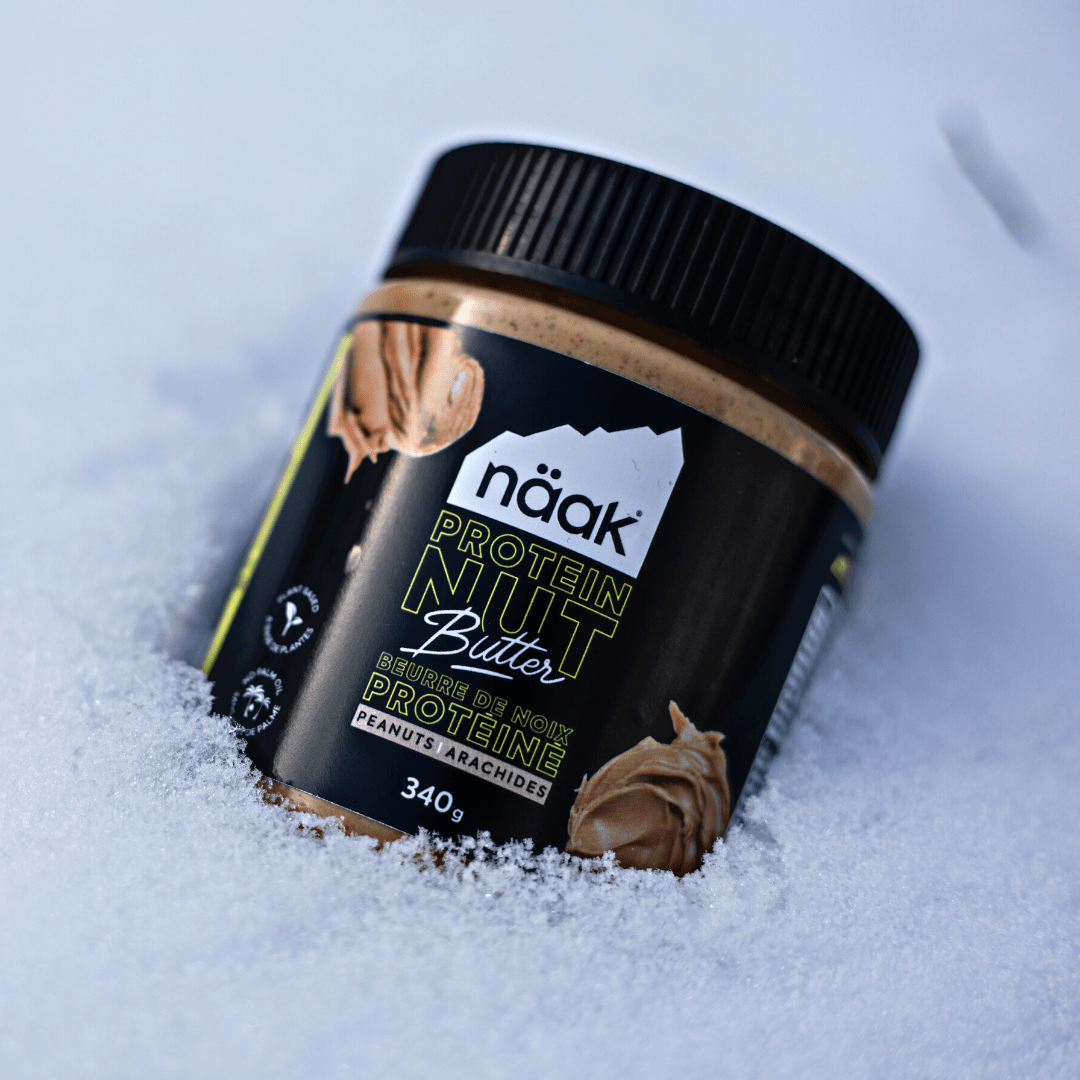
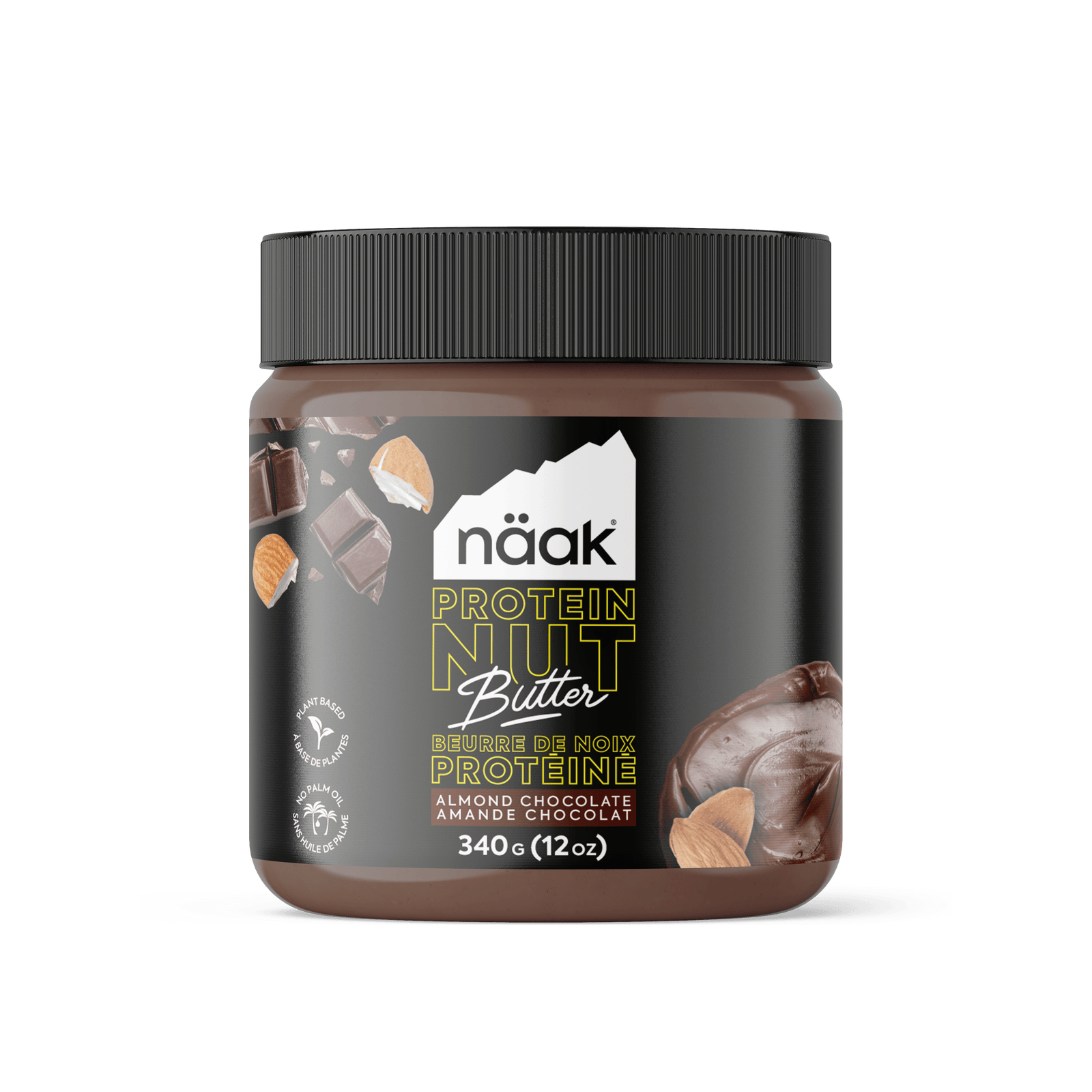
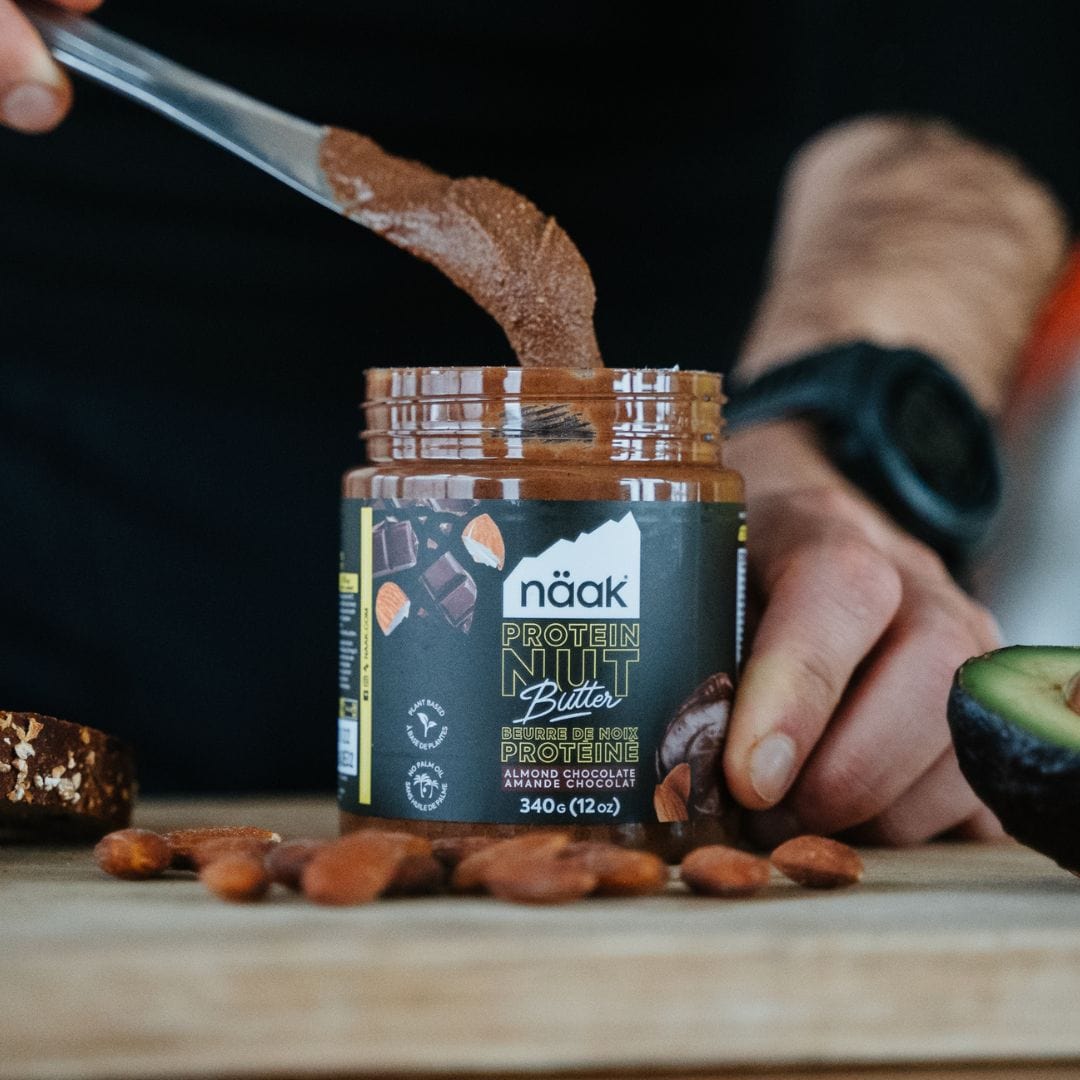
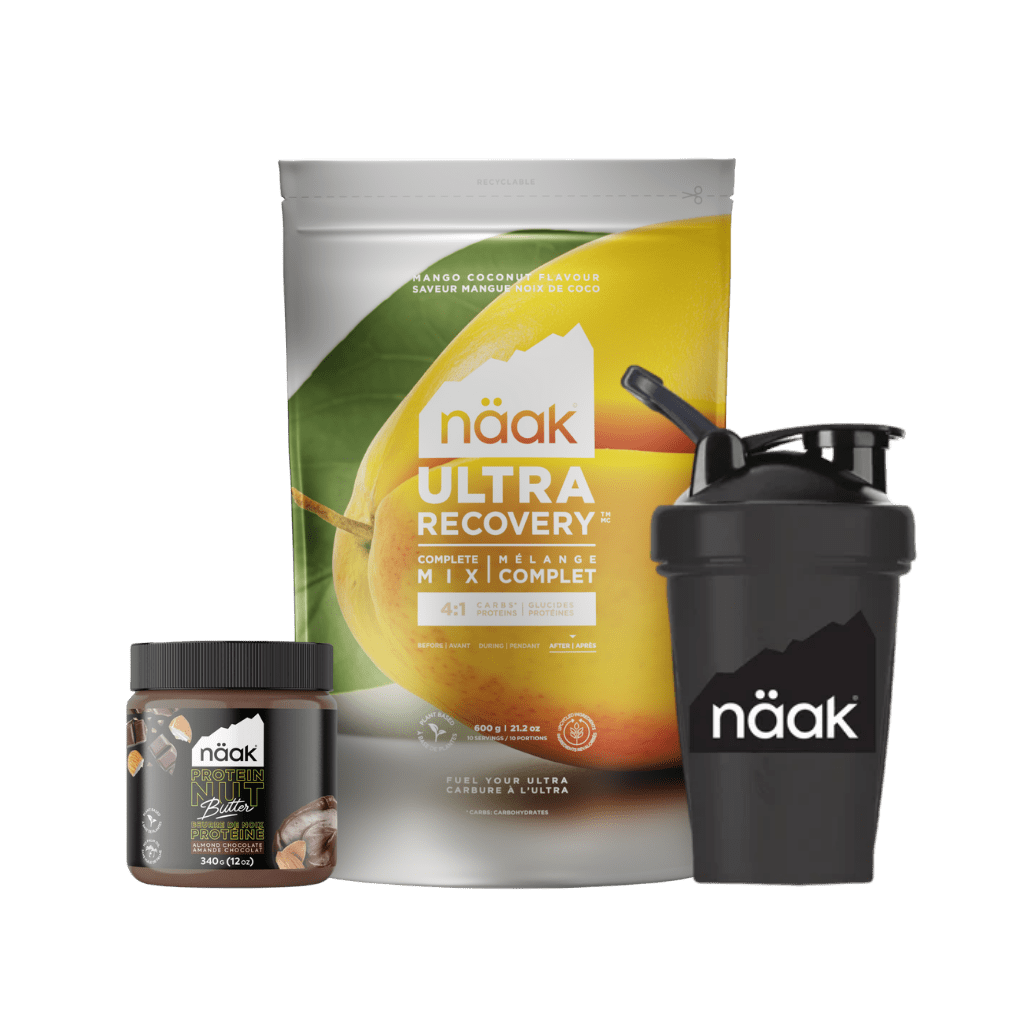
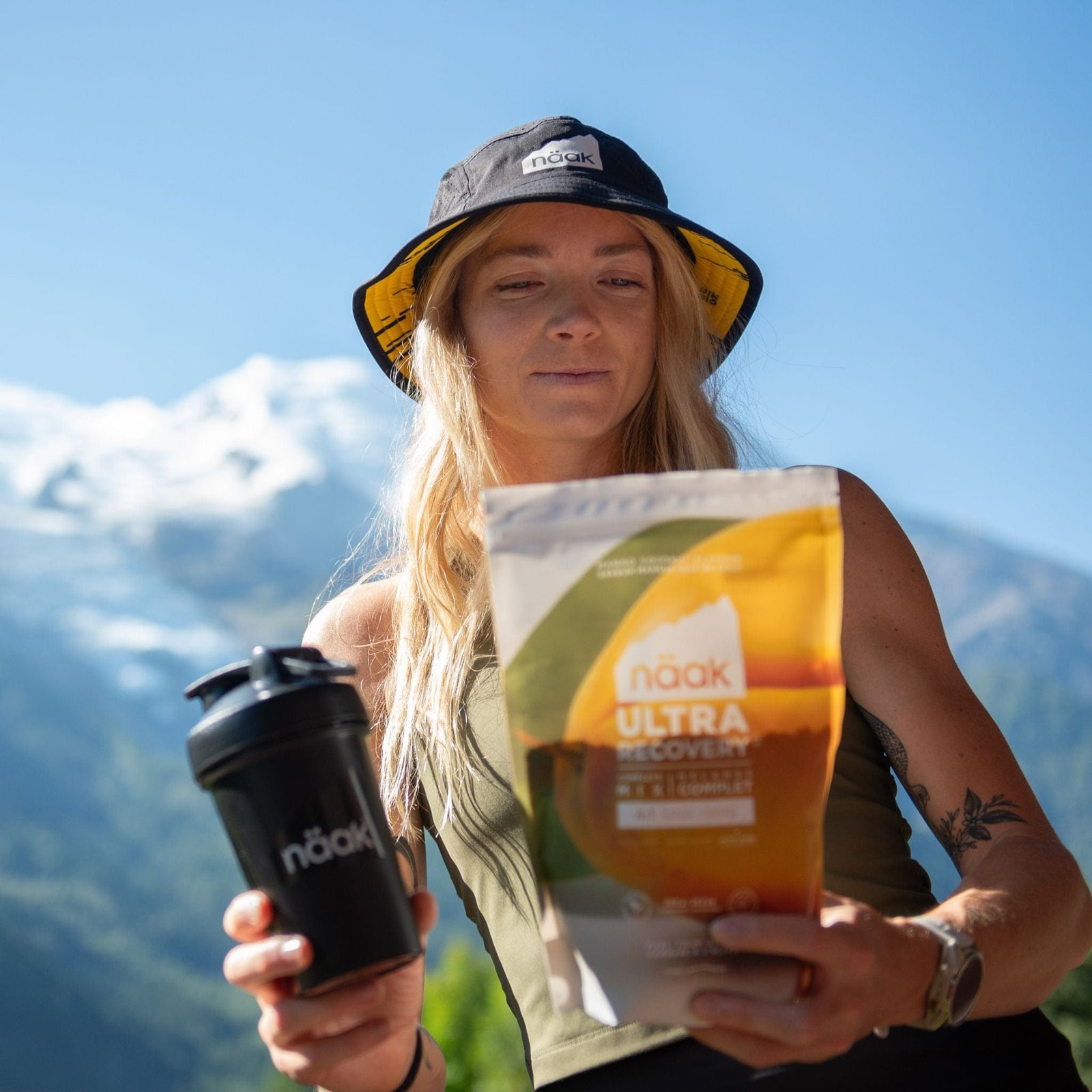
Leave a comment (all fields required)